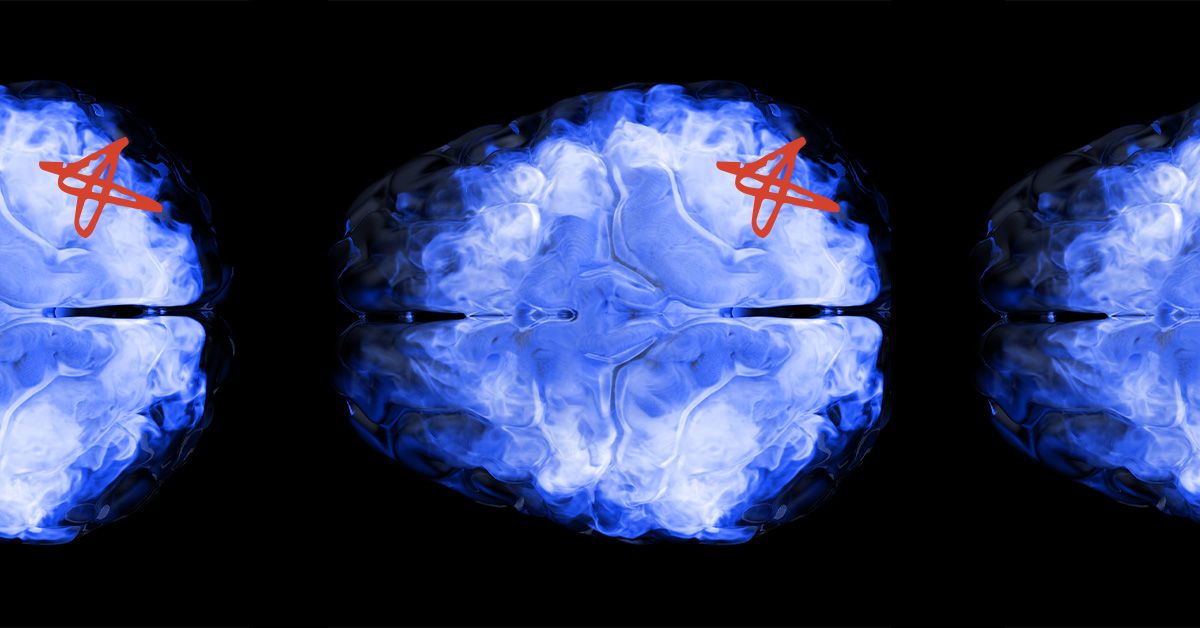- A carbohydrate-rich breakfast for men and a fat-rich breakfast for women gets the day off to a good start, a new study suggests.
- While women store more fat than men, they also burn it faster to obtain energy, according to computer modeling used in the study.
- Metabolic differences between men and women have not been as fully studied due to research’s historically greater interest in men’s health.
- A study author suggests that metabolic differences between the sexes likely have to do with the many more complex phases of a woman’s life, and demands upon her body such as pregnancy.
The best type of breakfast for men and for women? Two very different menus, according to a new study from researchers at the University of Waterloo in Canada.
The study proposes that for optimal energy levels and health, men’s metabolisms may respond best to carbohydrate-rich breakfast after not eating overnight, while women may benefit more from meals with a higher percentage of fat upon waking.
Choosing the right foods for your metabolism might also help you lose and maintain weight.
Metabolism refers to the complex series of chemical processes in the body through which nutritive substances are converted into energy, growth occurs, and cellular damage is repaired.
The study is based on a mathematical model created by the researchers that allowed them to simulate the effect of various dietary choices on men’s and women’s metabolisms.
The model aimed to fill gaps in existing knowledge about differences between the ways in which men and women process fat. Medical research has historically focused on men’s health, so there is far less data available on the effects of foods on women’s metabolism.
Using the model, the researchers were able to simulate dietary outcomes for women, particularly where clinical data is lacking.
Human nutrition consists primarily of carbohydrates, fat, and proteins. Women tend to rely more heavily on lipid — fatty acid — metabolism instead of the carbohydrate metabolism preference shown by men.
What is most significant, say the study’s authors, is that these differences in metabolism can result in differences in metabolic responses and in disease risk, so it is important that we gain a fuller understanding of them.
Michelle Routhenstein, MS, RD, CDCES, a Preventive Cardiology Dietitian at EntirelyNourished, who was not involved in the study, suggested some foods that individuals of each sex might consider for breakfast.
“Choosing carbohydrate-rich breakfasts that are macronutrient-balanced and contain soluble fiber can be beneficial for men. This can include things like oatmeal, a well-balanced smoothie, or a berry, nut, and yogurt bowl,” she advised.
For women, Routhenstein recommended “heart-healthy fats that are rich in unsaturated fats. This can include things like chia pudding, a veggie egg omelet, or cottage cheese with flax seeds and apples.”
Senior investigator of the study Anita T. Layton, PhD, research chair in Mathematical Biology and Medicine, and professor of Applied Mathematics, Computer Science, Pharmacy and Biology at the University of Waterloo, told Medical News Today that:
“Existing knowledge seems to present a paradox: Women tend to preserve more fat than men during the absorptive period, but exhibit significantly higher fat oxidation during the post-absorptive period. Our model can guide tailored, sex-specific dietary recommendations that optimize metabolic health and prevent complications like post-prandial hyperglycemia or hypoglycemia. Simulations can be done to see how a specific body may respond to meals of all kinds of compositions.”
“We hypothesize that this increased reliance on fat metabolism in females is influenced by sex differences in liver and adipose tissue, for which model simulations point to a candidate underlying mechanism,” she added.
Layton also described the potential mechanism at play, noting that “the female liver diverts more
“However, the female liver conserves glycogen more than the male liver, resulting in reduced glycogenolysis — [the breakdown of glycogen] — and lower glucose output compared to the male model. This reduction in arterial glucose promotes free fatty acid oxidation by other organs and tissues, resulting in higher overall fat metabolism,” she detailed.
Put simply, “women store more fat,” said Layton, “but also burn more fat during prolonged exercise and metabolize fat more efficiently in a meal after a fast.”
“Fat is a great source of energy, which is needed to meet the high nutritional costs of pregnancy and lactation,” Layton noted. “These sex differences,” she added, “are likely driven by estrogen, as women bear higher nutrient costs during reproduction and lactation.”
She suggested consideration of the complexity of a woman’s life from a biological perspective, especially compared to a man’s. “The lifespan of a man is pretty simple: They grow from a child to a young adult, and then to an older adult.”
“Women, on the other hand, may get pregnant and then go through lactation, both of which have tremendous nutritional requirements and impose major changes in the female body […] and they may repeat these stages multiple times before going through menopause and the rest of the aging process,” she pointed out.
“Many of the sex differences,” Layton noted, “are there to prepare women for the extraneous demands imposed by pregnancy and lactation.”
Routhenstein, who specializes in preventive cardiology, also noted, that: “In the heart health space, there is strong recognition that many past studies have left out women, and there is a conscious ongoing effort where more studies are looking primarily at women and heart health, especially during the peri- and postmenopausal life transition.”













